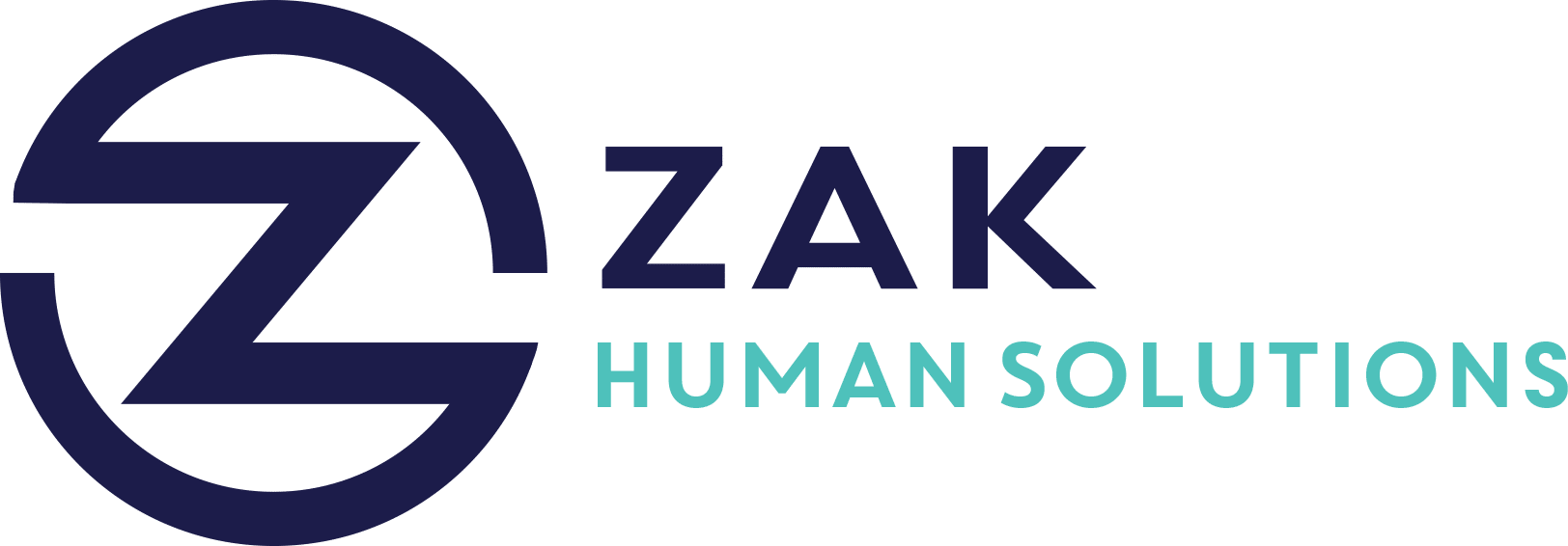Key Takeaways
- Data-Driven Strategies: Organizations must embrace data-driven approaches to adapt to the rapid changes in workforce dynamics.
- Agility is Key: Flexibility and agility in workforce strategies are essential for enhancing productivity and meeting modern business demands.
- Engaging Leadership: HR professionals need to effectively communicate the ROI of workforce agility to gain support from key decision-makers like CFOs and CIOs.
- Talent Intelligence: Utilizing talent intelligence can facilitate better internal mobility and skill development, aligning workforce capabilities with business needs.
- Shift from Intuition to Evidence: Transitioning from instinct-driven decisions to evidence-based approaches will enhance HR’s role in organizational success.
In today’s rapidly evolving business landscape, organizations are grappling with seismic shifts in workforce dynamics. With the advent of technologies like artificial intelligence and the need for agility, HR leaders face the challenge of not only keeping pace but spearheading transformative efforts. This blog post delves into the essential components of data-driven strategies, the undeniable importance of agility, and how HR can effectively engage with leadership to demonstrate the value of these initiatives.
Leveraging Data-Driven Strategies
Data-driven strategies are rapidly becoming the cornerstone of successful workforce management. Organizations that harness data effectively can unlock valuable insights, enhance decision-making, and drive organizational success. Here are the key components of a data-enabled workforce strategy:
- Collection and Integration of Data: The first step involves gathering comprehensive and accurate data across various workforce metrics, including performance, skills, and employee engagement.
- Advanced Analytics: Utilize predictive analytics and AI to interpret data and forecast future trends. This allows for proactive rather than reactive management.
- Continuous Monitoring: Establish mechanisms for continuous data collection and analysis to keep strategies relevant and adaptive to changes.
- Collaboration Across Departments: Encourage cross-departmental collaboration to ensure data is utilized effectively, creating a holistic view of organizational needs and goals.
The Crucial Role of Agility
Agility is not just a trend; it is a necessity. An agile workforce can respond swiftly to market changes and challenges, a vital capacity in today’s volatile environment. Here’s why agility is crucial and how it can be fostered:
- Flexibility in Roles and Structures: Move away from rigid organizational structures and embrace fluid roles that adapt as needed.
- Empowering Leadership: Support leadership at all levels to enable quick decision-making and implementation of new strategies.
- Agility in Learning and Development: Create learning environments that equip employees with the skills needed for current and future roles.
Engaging Leadership: Communicating the ROI of Agility
For HR professionals, gaining buy-in from leadership for new initiatives is often challenging. However, a clear demonstration of the return on investment (ROI) from workforce agility can make all the difference.
- Quantifiable Metrics: Present data and case studies that illustrate the monetary and operational benefits of implemented strategies.
- Collaborative Goal Setting: Work with leadership to align on shared objectives and the methods to measure success.
- Narrative Building: Craft a compelling story that takes into account the organization’s specific needs and how agility addresses these.
Empowering Workforce Planning with Talent Intelligence
Talent intelligence plays a pivotal role in modern workforce planning. By leveraging data about employee skills, experiences, and potential, organizations can:
- Facilitate Internal Mobility: Identify and promote talent from within, reducing the costs and risks associated with external hires.
- Improve Skills Development: Implement targeted development programs that address existing skills gaps and prepare the organization for future demands.
- Align Workforce Capabilities with Business Needs: Ensure that the right talent is in place to meet strategic business goals.
From Intuition to Evidence-Based HR Practices
The shift from intuition-driven to evidence-based HR practices is crucial for asserting HR as a strategic business partner. This transition involves:
- Evidence-Based Decision Making: Base all workforce decisions on hard data to ensure they align with organizational goals.
- Continuous Learning and Development: Encourage HR teams to continually update their skills and knowledge in data analysis and interpretation.
- Promote a Culture of Data Literacy: Ensure that all stakeholders understand the value of data and are adept at using it to drive decisions.
In conclusion, organizations that adopt data-driven strategies, prioritize agility, and embrace talent intelligence are better positioned to thrive amid changing workforce dynamics. By effectively engaging leadership and focusing on evidence-based practices, HR can pave the way for sustained organizational success.




